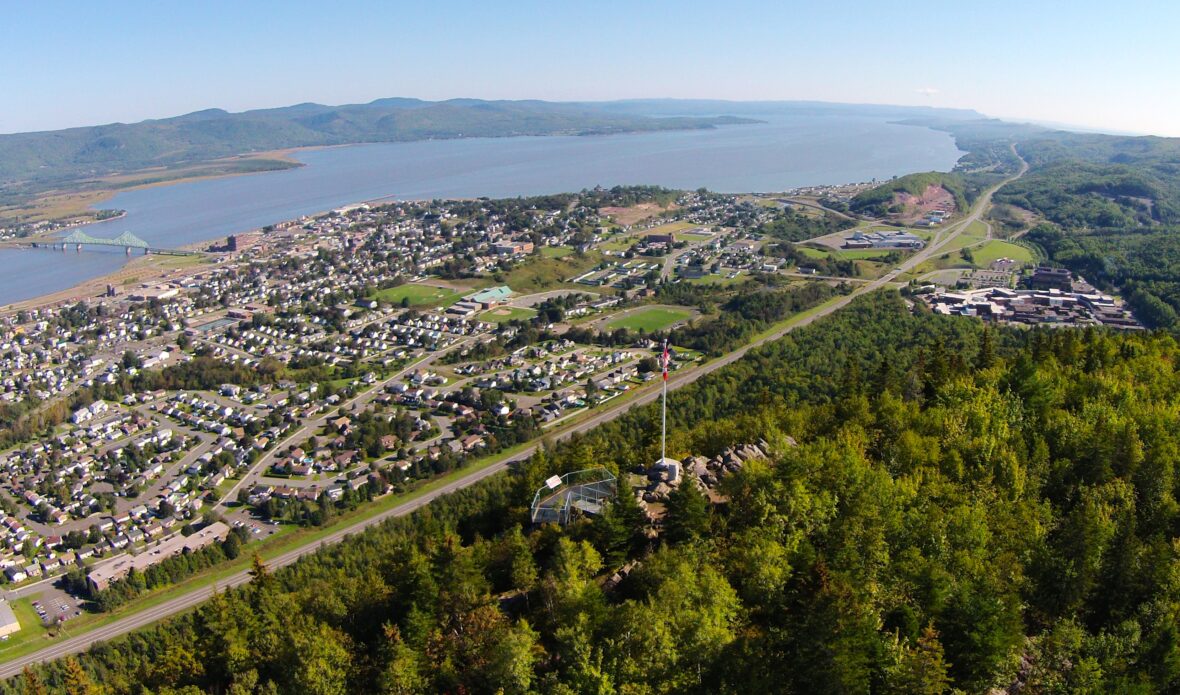Campbellton is a city with a population of 6,883 (2016) in Restigouche County, New Brunswick, Canada. Take a look below for 30 fun and fascinating facts about Campbellton, New Brunswick, Canada.
1. Situated on the south bank of the Restigouche River opposite Pointe-à-la-Croix, Quebec, Campbellton was officially incorporated in 1889 and achieved city status in 1958.
2. Forestry and tourism are major industries in the regional economy, while a pulp mill in nearby Atholville is the largest single employer in the area.
3. As part of the tourism “industry”, wealthy sportfishermen seeking Atlantic salmon flock to the scenic Restigouche Valley every summer.
4. The region sees extensive annual snowfall. Alpine and Nordic ski facilities at Sugarloaf Provincial Park provide winter recreation opportunities for both visitors and local residents.
5. Campbellton is also a retail and service centre for Restigouche County.
6. The area around the site of the present city was settled by French people circa 1700 with a trading post based upon fishing and fur trading with the Mi’gmaq. More settlers arrived here when Ile St. Jean was lost to the French as the result of the capitulation of Louisbourg in 1758.
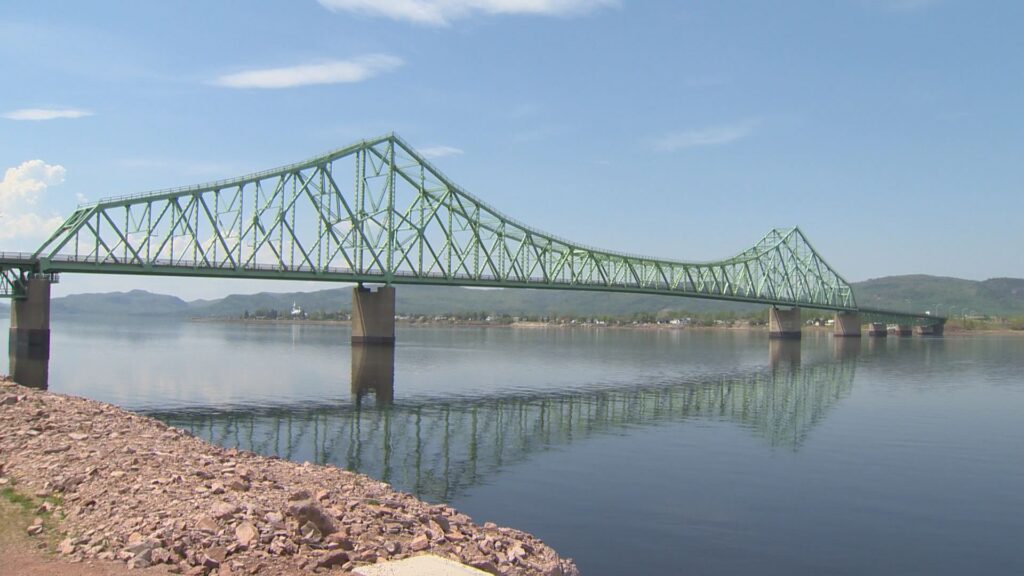
7. The area has had numerous names over the centuries: originally called Wisiamkik (muddy spot) by the Mi’kmaq who inhabited the region, it was then named Pointe-des-Sauvages by the French in 1700 and subsequently Pointe-Rochelle, Cavenik’s Point, Kavanagh’s Point, Quiton’s Point and Martin’s Point, before settling in 1833 with its current name in honour of Lieutenant-Governor Sir Archibald Campbell.
8. On 11 July 1910, a disastrous fire sparked by a sawmill on the waterfront destroyed a large portion of the town. The fire was spread throughout the town by flaming shingles.
9. Prior to the fire its population was approaching 4,000 citizens and help came from near and far to provide food and supplies in order to come to their aid. Most of the people had to live in tents while plans to rebuild were being prepared.
10. Campbellton was subsequently rebuilt. In the months and years following the fire, many of the new (now historic) buildings were constructed of brick as Water Street had been designated a “Fire District” where all new buildings had to be built with fireproof exterior walls.
11. Following the fire, the railway station was moved to Roseberry St. and helped to define Campbellton in its early years. The town was bidding to become the leading commercial center in the North Shore and had three banks, five churches, two schools, 6 hotels and a hospital by the 1920s. At this time Campbellton was seeing upwards of 16 trains a day at the Central Station.
12. In 1928, a pulp mill was built in nearby Atholville which continued to propel the population growth already being experienced. Campbellton was experiencing strong growth as the population grew at a steady rate: 3,817 in 1911, 5,570 in 1921, 6,505 in 1931, 6,714 in 1941, 9,257 in 1949.
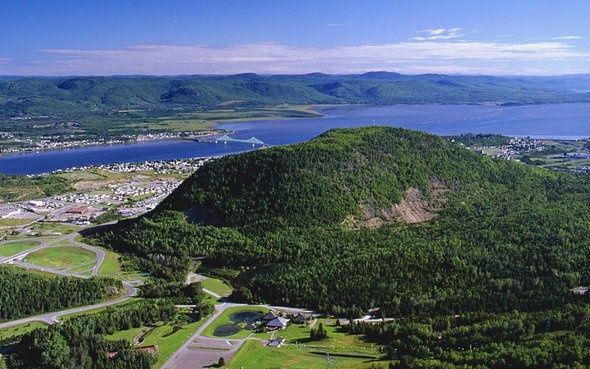
13. In 1951, Campbellton opened its new arena, the Memorial Gardens, with an exhibition game featuring the Montreal Canadiens.
14. In 1958, Campbellton was incorporated as a City and its population was approaching 13,000. At this time the construction of the J.C. Van Horne Interprovincial bridge commenced which was designed to facilitate travel between Quebec and Northern New Brunswick.
15. The bridge was completed in 1961 and allowed the cross-river town of Pointe-à-la-Croix to fully integrate itself commercially with the City of Campbellton. The Salmon Festival was inaugurated in 1967 and has been a popular annual week-long event which is enjoyed by tourists and residents alike. Campbellton’s city limits were expanded in 1979 when the Richardsville area became part of the City.
16. The history of the City of Campbellton is not complete without mentioning the infamous Phantom Ship known as “Fireship of Baie des Chaleurs”. Stories of its appearance include seeing a burning sailing vessel, sometimes a vessel with all its sails set scudding along the water or sometimes a ball of fire or burning vessel on the water’s surface or fading out of sight. This is not frequently seen. Some believe it is a ghost ship from the Battle of the Restigouche whereas others believe it is merely caused by heat waves, reflections or hallucinations.
17. Campbellton is 20 km upstream (west) from the mouth of the Bay des Chaleurs Dalhousie and approximately 100 km northwest of Bathurst.
18. The city is approximately 160 km northeast of St. Leonard in the St. John River valley and approximately the same distance from Mont-Joli, Quebec in the Saint Lawrence River valley.
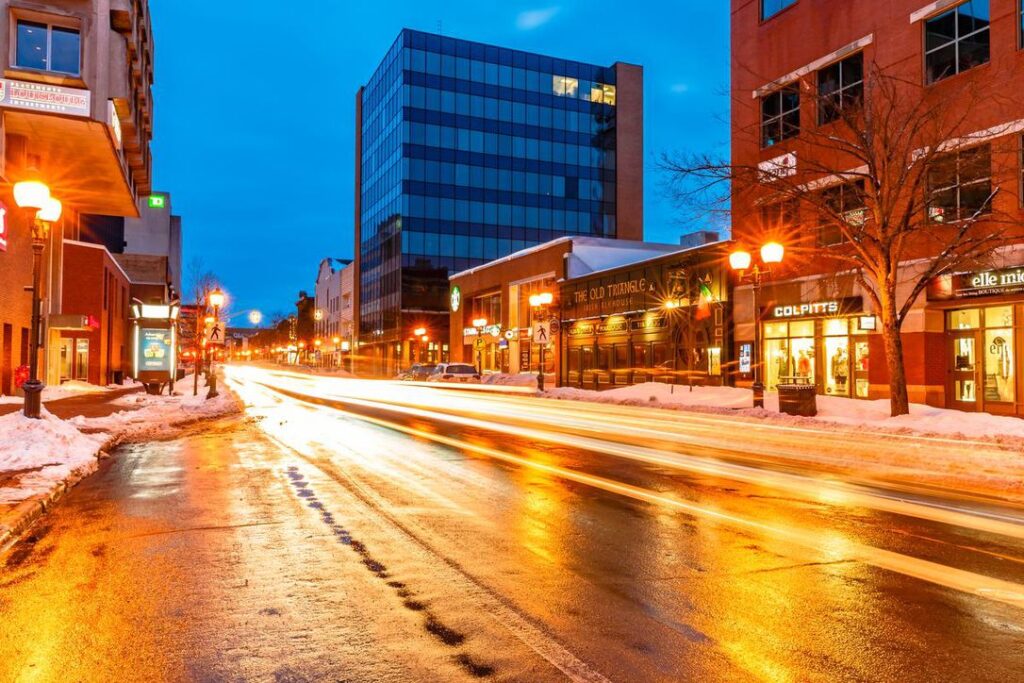
19. Campbellton was settled by the Scottish including surrounding area like Balmoral, Glencoe, and Glenlevit.
20. The Restigouche Caledonian Society has been in Campbellton since 1898, the society was formed for the purpose of offering relief and assistance to distressed Scotsmen. The First President of the society was also The First Mayor of Campbellton John McAlister.
21. To display the history of the city and the battle of the Restigouche, Riverside Park is home to two cannons used in the battle; one with three fleurs-de-lys on the barrel and the other with what appears to be stylized anchors. These are French naval guns from a five gun battery erected during the battle at Battery Point on the Quebec side of the river. When the Busteed family received a land grant at Battery Point, circa 1790, they found at least three cannons at the old battery site.
22. One cannon was built into the fireplace of their home, called Bordeaux House, and two others were given to relatives across the river at Athol House in Atholville. For many years the two cannons outside Athol House were fired on ceremonial occasions. After Athol House burned, the guns lay on the riverbank until donated to the City of Campbellton in 1898. The park also features two monuments donated to the City displaying the names of local soldiers who died in battle during World War I and World War II.
23. The Restigouche Gallery is local gallery and functions as a centre in the cultural program of the region. It has been host to major exhibitions from the N.B. Museum on a travelling basis in hopes that the gallery will eventually join the Atlantic Provinces Art Circuit as a participatory member. The gallery displays a tricultural permanent exhibition highlighting the cultural strength of the region bringing to the forefront Campbellton’s diverse roots through its heritage Mi’gmaqs, Scottish and the French & Acadians heritage.
24. The City hosts multiple annual special events which include Sno-Fest in February, Salmon Fest which runs from late June to early July, the Bluegrass Festival which takes place in September, and the Harvest Festival in the fall.
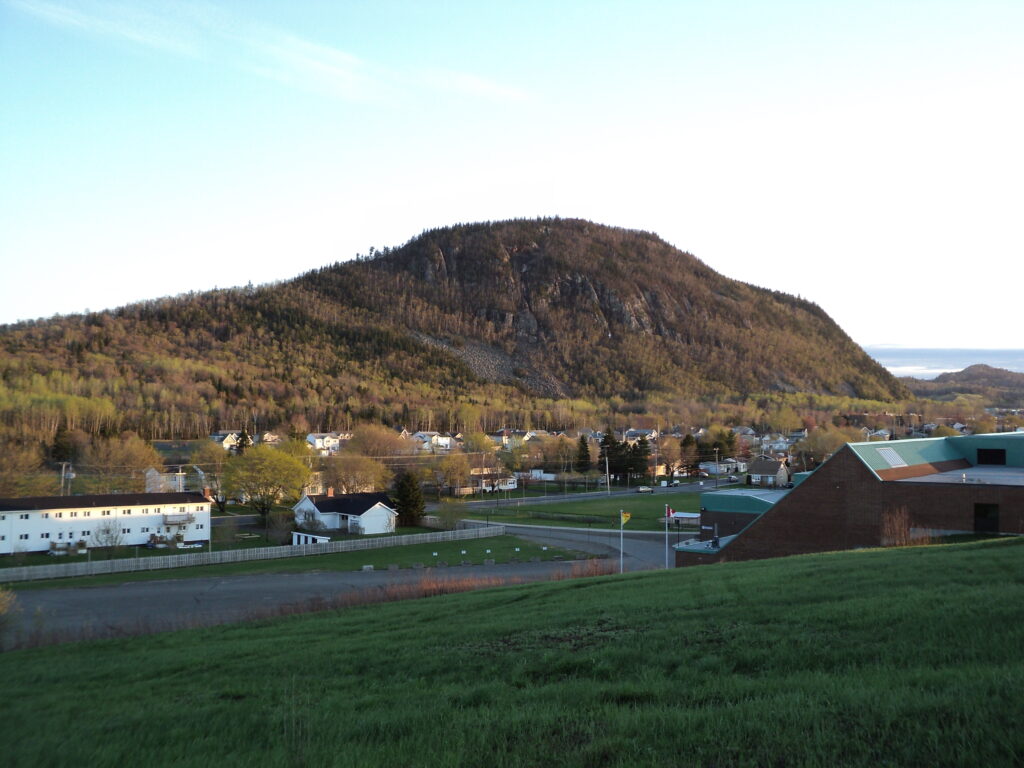
25. Other efforts to increase tourism include an 8.5 metre (27.88 ft) salmon statue made of stainless steel. Restigouche Sam, as the statue was christened, was donated to the city to honour Campbellton’s historical connection with the “salmon-rich” Restigouche River. Several murals have also been created to beautify the city.
26. In 2017, Campbellton celebrated the 50th Anniversaries for both the Salmon Festival as well as its Centennial Library.
27. The J. C. Van Horne Bridge connects Campbellton to the province of Quebec. Route 11 provides a major highway connection to other major centres in the northern part of the province such as Bathurst and Miramichi, as well as providing a link to Moncton, and the Trans-Canada Highway. Travelling west, this highway becomes Route 17 at the Tide Head – Matapédia exit, which is the only highway which connects the North Shore to the northwestern part of the province.
28. From 1967–68 to 1989–90, the Hardy Cup was awarded to the Intermediate “A” and later Senior “AA” champion of Canada. The Tigers won more championships than any other team with three titles, in 1972, 1977 and 1988. In fact, only the Charlottetown Islanders won the cup more than once with two titles. The Tigers won the Col. J. Bourque Trophy as Eastern Canada Champions a record 4 times. The Eastern Canada champions faced the Western Canada champions for the Hardy Cup for the title of Champions of Canada. The 1972 and 1977 teams were inducted into the New Brunswick Sports Hall of Fame as part of the Campbellton hockey dynasty of the 1970s.
29. The Memorial Civic Centre is the most important sporting infrastructure in the city. The Memorial Civic Centre opened in downtown Campbellton on the bank of the Restigouche River in 1992, following a fire to the 1950s era Memorial Arena located on Arran Street. Its 3,500 seat multi-purpose arena with Olympic size ice surface is home to the Maritime Junior Hockey League’s Junior A ice hockey team, the Campbellton Tigers. The complex is equipped to accommodate sporting events, entertainment, commercial functions and trade shows on a local, regional or national basis.
30. In 2006, the city was host to the Acadian Games.

